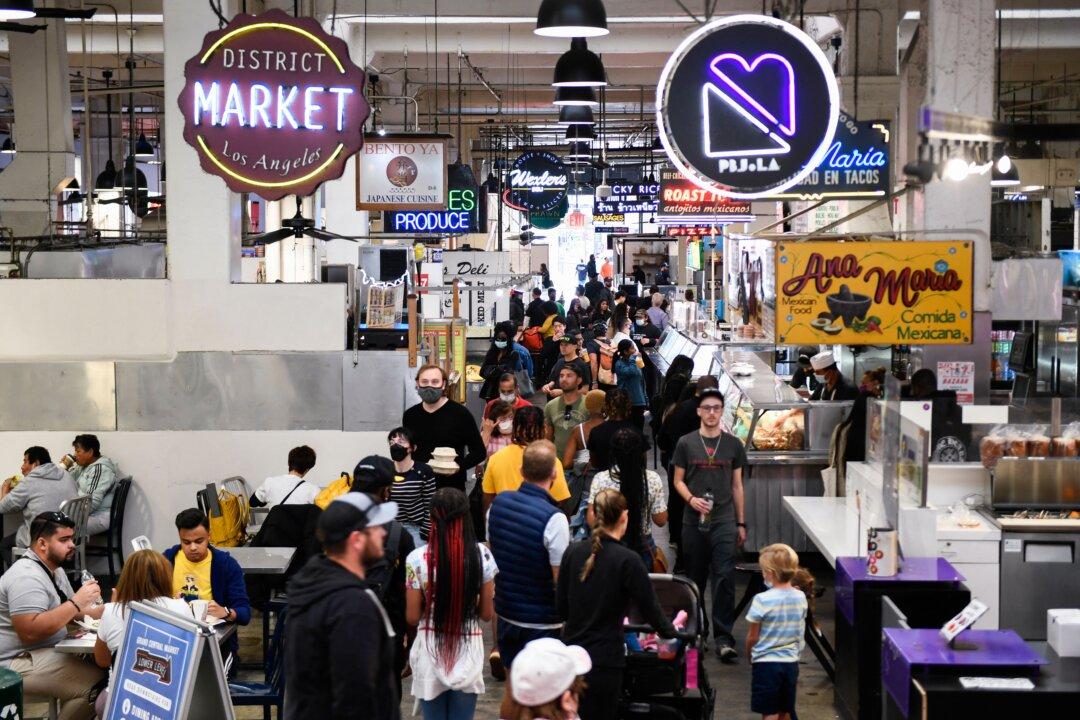Commentary
Stagflation, caused by high inflation, a stagnating economy, and rising unemployment, is one of the most difficult economic conditions to emerge from. The reality for the United States is that it may already be here.

Stagflation, caused by high inflation, a stagnating economy, and rising unemployment, is one of the most difficult economic conditions to emerge from. The reality for the United States is that it may already be here.